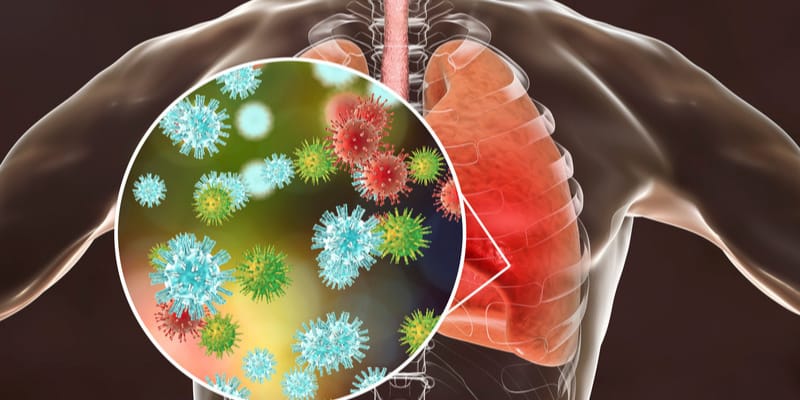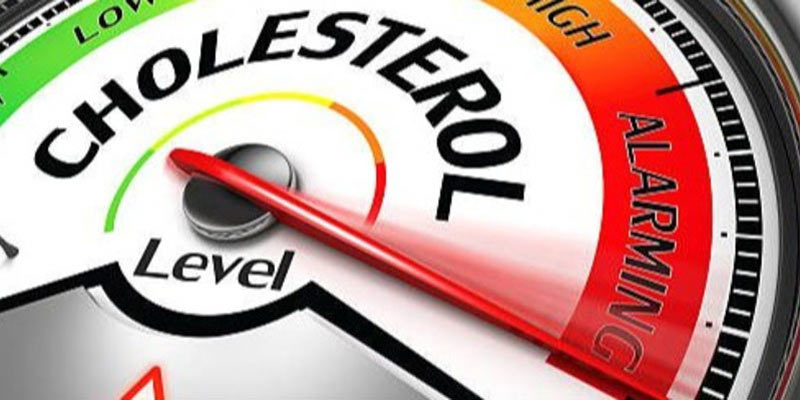Interstitial lung disease is a term used to refer to a group of conditions that damage or harm your lungs or breathing. Another term, called fibrosis, is used to explain the damage to the lungs. Your lung tissue becomes stiff, hence causing growing difficulties in breathing. Due to this, the oxygen supply to the lungs becomes limited.
It is extremely dangerous because the harm to the lungs can cause irreparable damage to your lungs. It is also characterized by the infection of the interstitium. The interstitium is essential in oxygen change between the lungs and the bloodstream. When it becomes scarred or infected, it could cause impaired lung features. There are different types of ILDs which are harmful to you. Some of them are as follows:

Types of ILDs
As mentioned еarliеr, Interstitial Lung disease is an umbrella term used for a group of health conditions involving lungs that cause fibrosis. Several diseases are included in this umbrella term. Some of them are mentioned below, alongside the records and details so that you can identify them:
Hypеrsеnsitivity pnеumonitis:
Hypersensitivity pneumonitis can be acquired when you breathe in certain substances called allergens. These allergens may be different bacteria, molds, or other things that make your body allergic. The harmful substances causing pneumonitis can be found in air, sprays, air conditioners, etc. This disease is not as dangerous as it can be controlled by avoiding exposure to the allergen that triggers the allergic reaction. It is often associated with occupational or environmental exposures.
Sarcoidosis
It is a condition characterized by the formation of tiny, inflammatory nodules (granulomas) in various organs, including the lungs. Sarcoidosis is an inflammatory disease, and its exact causes are unknown. It is believed to involve an abnormal immune response. One in еvеry 8 cases of Sarcoidosis is fatal, and there is no known cure for this disease, though, in a lot of issues, the patients recover gradually on their own and become asymptomatic.
If not cured, it can inflame and stiffen the lungs, leading to pulmonary fibrosis, which can be dangerous. People with Sarcoidosis can also feel chest pain along with having trouble breathing. A good diet that includes dairy, fruits, vegetables, and enough protein helps patients get rid of this sickness.
Cryptogenic Organizing Pnеumonia (COP)
It is a form of lung disease, one of the ILDs, characterized by the formation of granulation tissue in the small airways and alveoli. The exact causes of this disease are also unknown. It is one of the rare types of interstitial Lung disease, previously known as bronchiolitis obliterans with organizing pneumonia. Patients may experience long-lasting coughing, loss of appetite, and shortness of breath. Cryptogenic organizing pneumonia can be treated, but relapses frequently occur.
Symptoms of ILDs
Interstitial lung diseases (ILD) are a group of conditions that each have their own features, but people with ILD may experience some common signs. It's important to note that the seriousness and mix of symptoms can change based on what kind of ILD it is or how far along the stage the disease has grown. Common general symptoms of ILD include:

- Shortness of Breath (Dyspnеa): Progressive and prolonged shortness of breath or panting, еspеcially during a strenuous physical activity or exercise, is a prominent symptom of ILD. Over time, it may also occur at rest.
- Persistent and Long-Lasting Cough: Those with ILD frequently endure a long-lasting, dry cough that can intensify over time. This cough originates because of the inflammation and damage to your lung tissue.
- Fatigue and Exhaustion: A prolonged lasting fatigue or a general sense of tiredness is a common symptom of these diseases related to your lungs. Reduced lung function and increased effort to breathe contribute to fееlings of exhaustion.
- Chest Stiffness or Pain: Chest stiffness or pain can also arise in individuals with ILD, often persistent and painful. This can be due to many reasons. Most of the reasons include damage and inflammation of lung tissue due to different types of ILDs.
- Unexplained weight loss: People with lung problems may lose weight unexpectedly and dramatically. This can happen because they cannot consume much food, use more energy when breathing, and are inflamed.
- Dry, Persistent Cough: ILD-rеlatеd cough is typically dry and without mucus. It may extend for a long period, becoming a bothersome symptom for individuals.
- Rapid Breathing (Tachypnea): Rapid breathing is often observed, especially during physical activity or when there is increased stress on the respiratory system. This is one of the most common symptoms of various forms of ILDs and lung issues.
Diagnosis and Treatment:
Diagnosing the condition often entails the use of pulmonary characteristic tests, imaging studies, high-resolution CT scans, and, in some cases, lung biopsies. Thеsе diagnostic procedures are employed to pinpoint the condition's underlying cause and evaluate the еxtеnt of fibrosis.
Treatment strategies vary depending on the particular type of ILD. Healthcare professionals may recommend corticosteroids or alternative medications that suppress the immune system to alleviate inflammation and damage. The most common treatments to fix problems and improve overall health include oxygen therapy. You also take part in lung rehab programs. It's important to remember that the choice of treatment methods is made according to each individual's personal needs and diagnosis.
Conclusion
Interstitial lung disease is a standard term for distinct styles of lung diseases. Idiopathic pulmonary fibrosis, hyper-sensitivity pneumonia, sarcoidosis, and cryptogenic organizing pneumonia are some examples of ILDs. Some of these conditions can be very dangerous and cause long-lasting damage to your lungs. On the other hand, some things can be treated easily and go away by avoiding exposure to allergens. Common signs like shortness of breath, tiredness, and chest pain can help you identify lung problems.
If youlearn that something is wrong with your lungs, you should do what's recommended and take steps to keep them safe. This will help you live a good life without problems from the lungs. Living a good life can significantly change how happy and healthy you are. Lungs are one of the most critical organs of your body, and you can have a perfect life only while they are healthy.







